Вы здесь
Karakoz mausoleum.
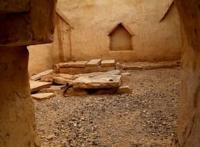
Historical tours of ancient necropolises of Mangystau.
"In Shevchenko's drawing, in the center there is a tomb - the Karakoz Mausoleum with characteristic slightly raised corners, ending in a dome. To the right, above the cliff, there is a dried-up mulberry tree. In the distance, hills can be seen as if someone had poured them, sometimes resembling large graves. Up close, the mausoleum had a more imposing appearance than in the drawing, although its dome had collapsed, and the walls were damaged in some places. The walls are made of stone and faced with light-gray smooth slabs of hard limestone. Inside, the tomb is decorated with patterned drawings in the oriental style, images of household utensils, mainly dishes. It can be said without any doubt that a woman is buried in the tomb. Ten meters from the tomb begins the deep ravine Karakoz, in its upper reaches a well with cold spring water is cut out of stone, which is also called Karakoz".
"Steppes will come to life." Anatoly Kostenko, Esbol Umirbaev. 1984.
Great Silk Road Mangistau.
Karakoz Mausoleum is located at an altitude of 125 meters above sea level, is located 449 meters north of necropolis of Khanga Baba, north of the Oy valley, 26.9 kilometers southeast of city of Fort Shevchenko, 19.4 kilometers northeast of village of Kyzylozen, 14 kilometers south of Tamshaly valley in Tupkaragan district of Mangistau region.
According to the architectural type, material and construction method, this structure should be classified as a monument of the XVth - XVIth centuries. Oba Karakoz strongly resembles the mausoleum of Alasha Khan, which is one of the interesting monuments of Central Kazakhstan, located in the Ulytau district of the region of the same name on the right side of the Kara-Kengir River.
Indeed, to create such a monument, the architects must have extraordinary knowledge and talent in the field of architecture. According to the compositional execution, this oba can be attributed to the type of single-chamber portal-dome structures.
It has a cubic base ending with a spherical dome, and in front - a small elevation with a portal (peshtak), which was the leading form in the architecture of Central Asian and Kazakh monumental structures in the early period. The entrances are made in the form of deep low niches - such a manner is widespread in the construction of monuments of religious architecture of the Xth - XVIth centuries.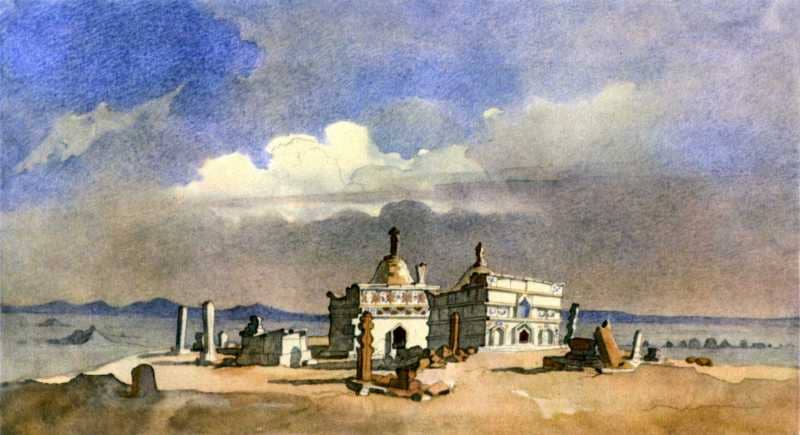
It is also worth paying attention to such an interesting detail. On the outer walls, on the smooth limestone slabs with which the Karakoz mausoleum is faced, numerous and varied images are carved. It is obvious that they are of later origin, and their style and manner have nothing in common with oriental art.
It is possible that they were made in the first half of the XIXth century by researchers of this region, who intensified their activities after the formation of the Russian Geographical Society in 1845 by Adjutant General O. Litke. Horses, weapons, fortifications, the sea with ships, groups of warriors, etc. are depicted.
There are no ornamental images - almost all are plot-based. These stone drawings are the result of long and painstaking work. The Korokoz necropolis is the ancestral cemetery of Kashagan Kurzhimanuly.
Geographical coordinates of Karakoz Mausoleum: N44°27'36 E50°35'38
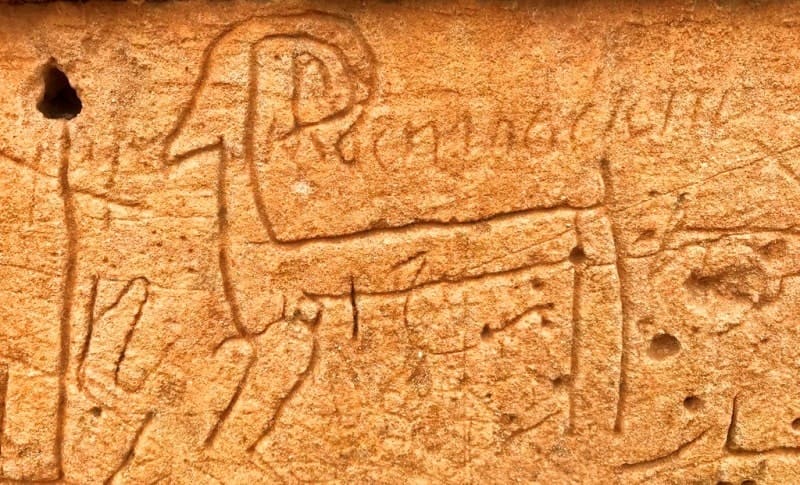
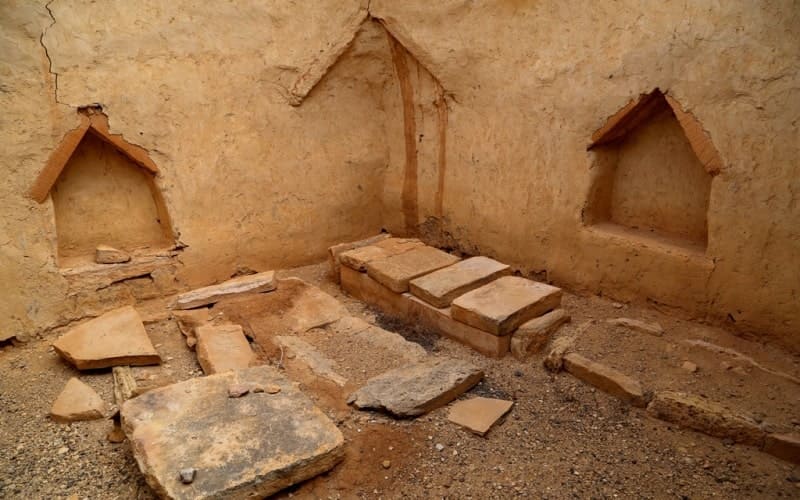
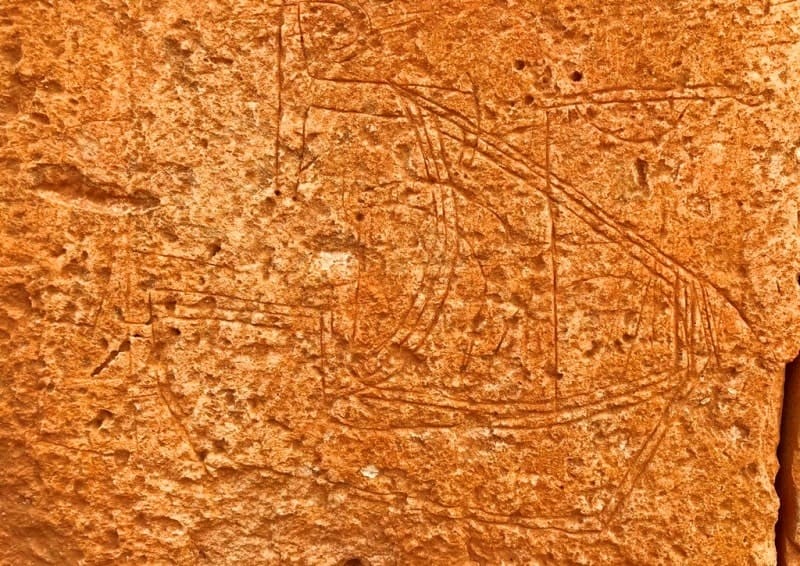

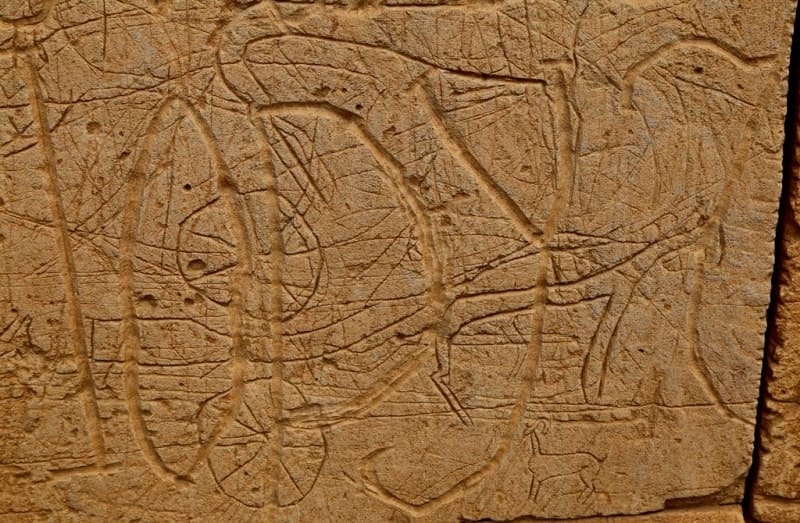

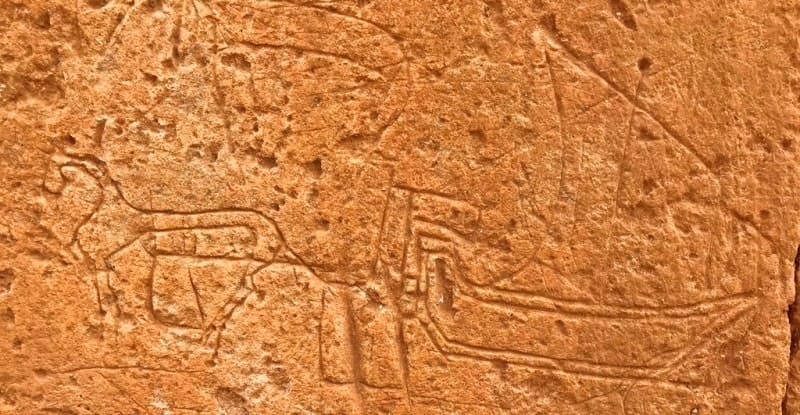
Authority:
"Steppes Will Come to Life". Anatoly Kostenko, Esbol Umirbayev. Alma-Ata. "Oner". 1984.
Photos by:
Alexander Petrov.







